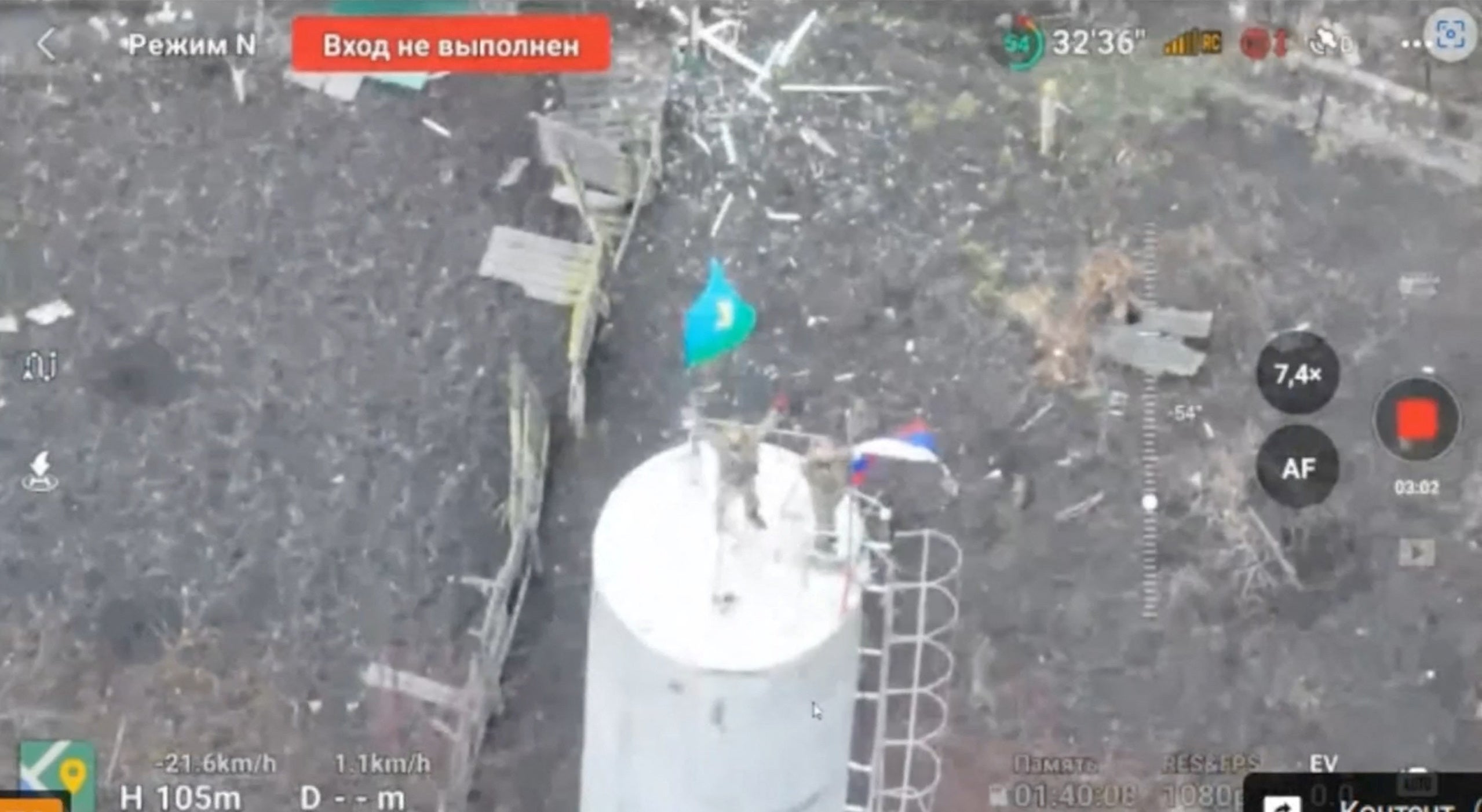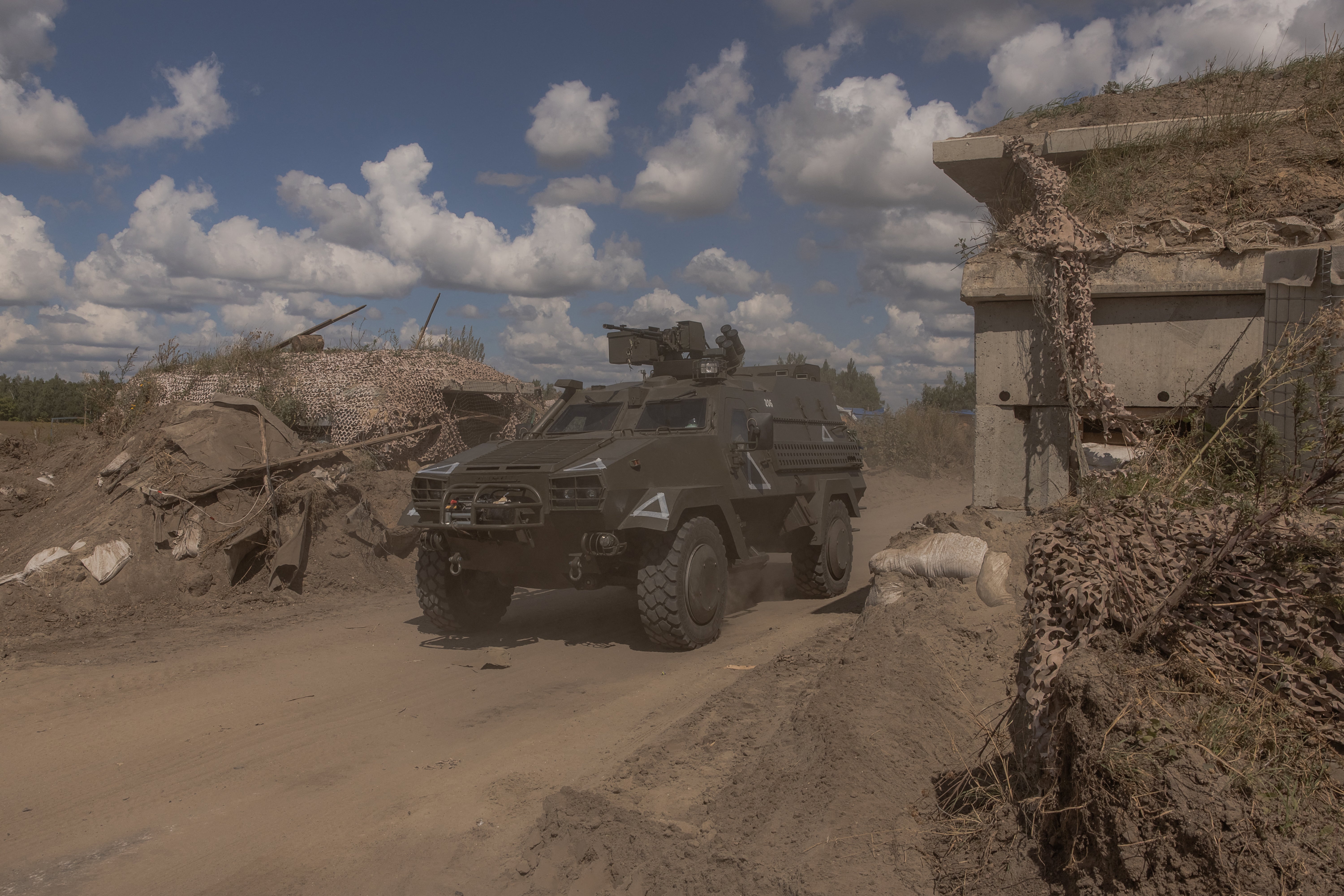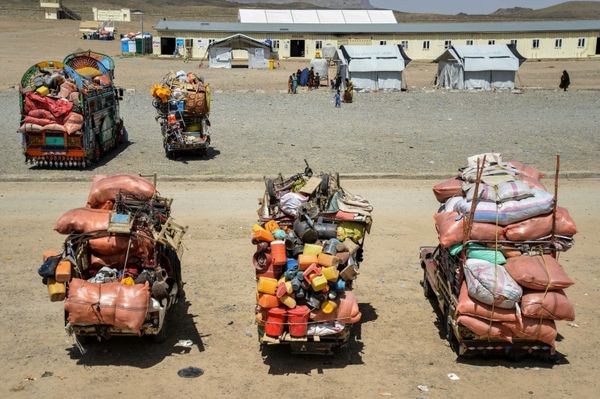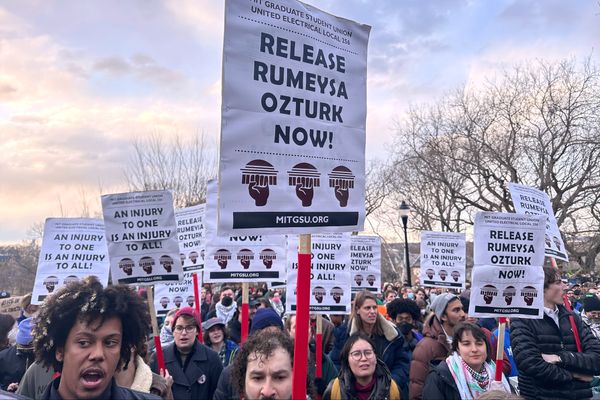Ukrainian forces are collapsing in a near rout, being driven out of Russia’s Kursk region after being blinded by Washington’s intelligence blackout. Scenes of Kyiv’s troops mangled, burned and on the run filtering back to the capital have reinforced distrust of America and Russia.
Now comes the proposed ceasefire, seen as a short-term tactical necessity because it has been traded for Donald Trump’s agreement to turn the intelligence taps back on.
“We’re not delighted but we are realistic. A ceasefire agreement from us at least means that we are back talking to the Americans and they have given us access to the intelligence we need. Kursk shows what happens when we don’t have it,” said a senior ministerial adviser.
Ukraine’s forces have come under sustained and accurate attacks by aircraft, artillery and drones combined with large-scale infantry assaults by elite Russian units and North Korean troops.

The imminent loss of the Kursk salient, the only slice of Russian territory held by Ukraine (which has lost about 20 per cent of its lands to the Kremlin’s forces since the country was first attacked in 2014) is a massive blow to Ukraine.
Kyiv had hoped to trade Kursk for its own land in future peace negotiations. The sudden recapture of Kursk has been enabled largely as a result of the American suspension of military and intelligence aid to Ukraine.
Sudzha, the town in the centre of the lozenge of land captured by Ukraine last year is now in Russian hands according to social media posts by the Kremlin’s forces, who have raised the flag there. Ukraine has struck back with artillery and rocket salvos, leaving much of the town in ruins as its forces have withdrawn south.
Social media posts by Ukrainian soldiers have shown their men dead in mangled armoured vehicles. Russian troops also claim to have captured at least one American Abrams tank and several Bradley fighting vehicles – the latter have proved highly effective in Ukraine’s arsenal.
The Russian assault included cross-border raids from the west and east of the territory held by Ukraine to cut off the M23 road, which was the only supply route into the region for Kyiv forces.
These incursions would have been spotted more easily if the Ukrainian forces had not been blinded by America’s refusal to share satellite intelligence with them, according to a senior Ukrainian intelligence officer operating on that front.
There has also been alarm in Kyiv at the accuracy of Russian air and artillery attacks on their military bases, bunkers and hideouts – which has fuelled speculation of further collusion between Washington and Moscow.
There is no evidence for this beyond the obvious coincidence of an intelligence sharing ban and the Kremlin’s latest assaults – it is better understood as a sign of how deeply Ukrainians distrust the Trump administration.

The ceasefire offer is seen as a tactical move that has strategic risks for Ukraine that it has to take to repair relations with Washington and “throw the issue back at Russia”, as the senior government adviser put it. Moscow has yet to respond to the US-Ukrainian ceasefire offer.
Volodymyr Omelyan, a former infrastructure minister in Ukraine, said that he believed Mr Putin would accept the ceasefire offer because “the Russian economy is doing badly, oil prices are at a record low – it suits Putin more than Ukraine,” he said.
A frontline officer with the call sign “Sneaky”, who has been fighting for nearly 10 years leading reconnaissance and regular infantry troops on the eastern front where Ukrainian officers had reported a decline in Russian capabilities, cautiously welcomed the ceasefire idea. “Who knows? Not bad, if it works,” he told The Independent.
Ukraine war latest: Trump says US officials going to Russia now to discuss ceasefire
‘Thirty days could be just 30 minutes’: Warning Putin will break ceasefire
Trump: I don’t want to hurt Ireland but trade must be fair
How many times has Vladimir Putin broken ceasefire agreements with Ukraine?
Zelensky warns of Musk’s Twitter power in plea to US
Greenland election won by centre-right party who told Trump ‘we are not for sale’







